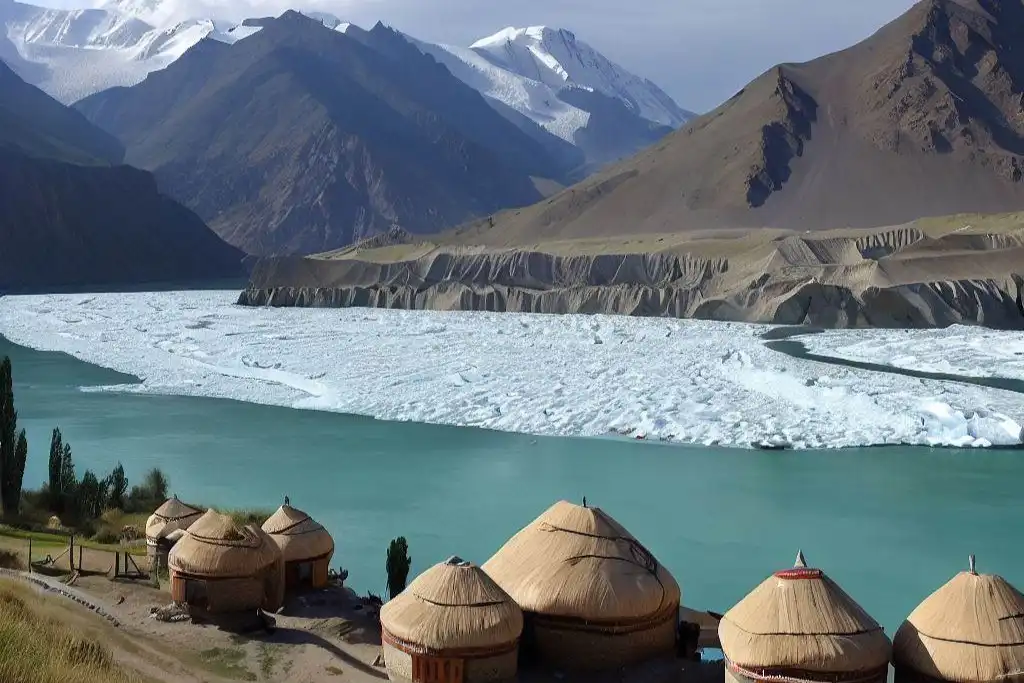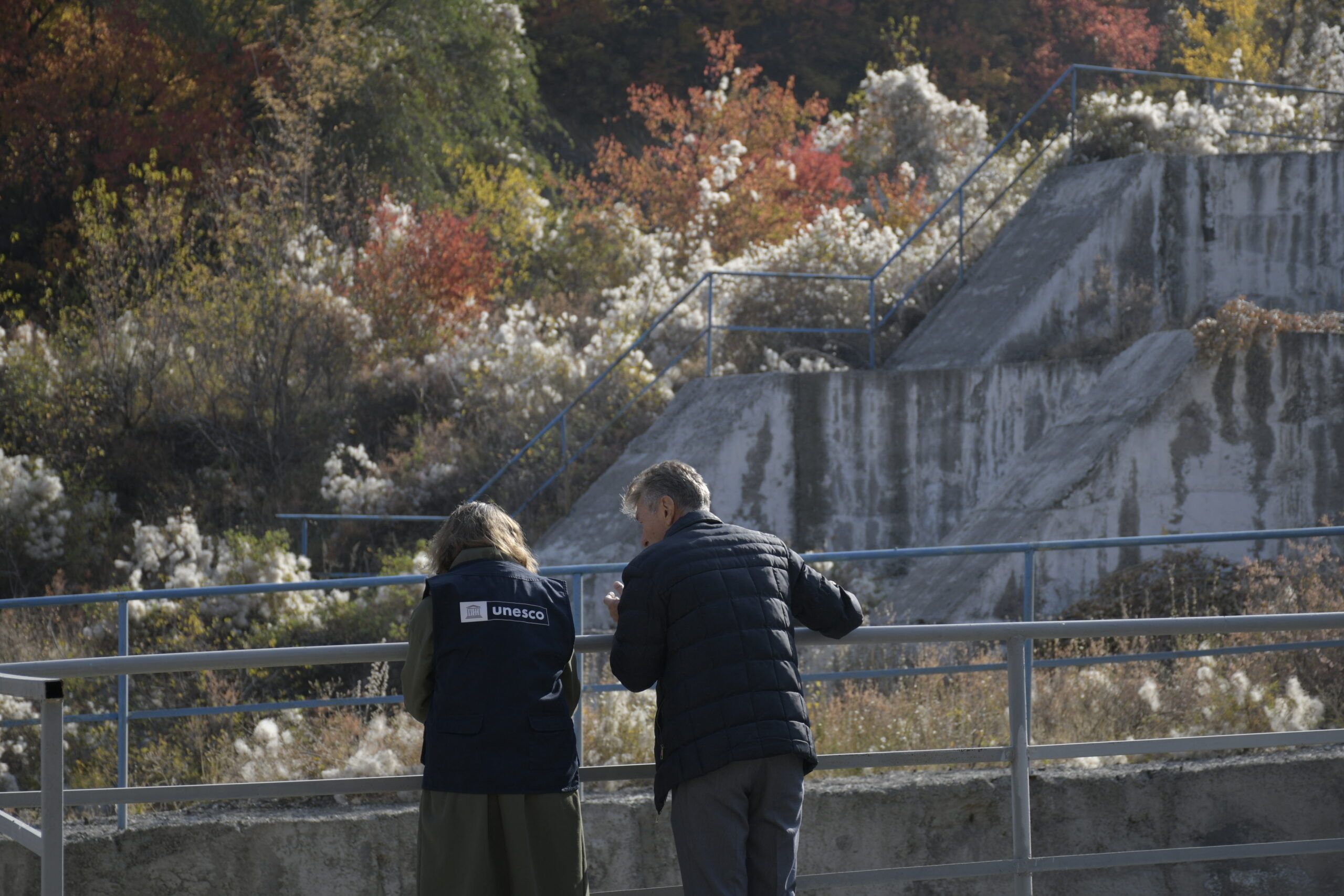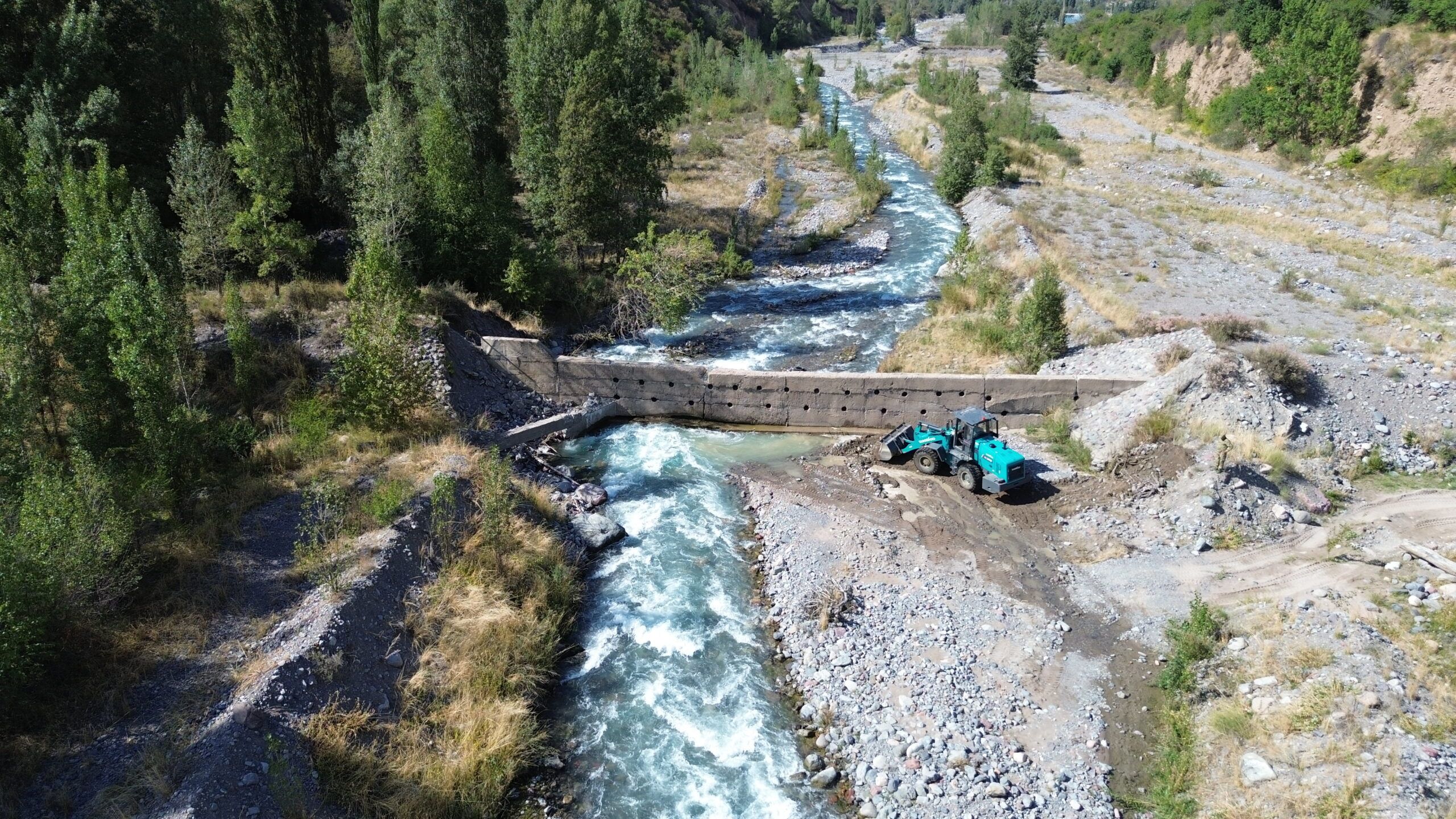Research20 July 2023
Protecting Communities from Glacial Lake Hazards: Central Asian Approaches and Practical Applications

Glacial lakes, though stunning, can hold hidden dangers for nearby communities. A recent scientific paper explores how Central Asian countries assess these hazards to safeguard their people. By understanding the factors that make some lakes more susceptible to catastrophic outbursts, authorities can take practical steps to protect communities.
A Journey Through Central Asian Approaches
In Central Asia, experts refer to “lake hazard assessment,” which is similar to “lake susceptibility assessment.” This first step involves selecting lakes for detailed evaluation. For instance, Uzbekistan assesses lakes above 1500 m a.s.l. that drain into the country. Kazakhstan, since 2015, examines all moraine lakes, while Kyrgyzstan focuses on lakes prone to Glacial Lake Outburst Floods (GLOFs), listed in a national lake atlas. Tajikistan conducts hazard assessments in three stages: preliminary analysis, identifying possible hazards, and analyzing consequences.
Categorizing Lakes for Safety
Central Asian countries categorize lakes based on various characteristics influenced by atmospheric, geological, and hydrological processes. Lakes fall into 2 hazard categories in Kazakhstan, 3 in Uzbekistan and Tajikistan, and 4 in Kyrgyzstan. Expert judgment and field observations, like bathymetry and aerial photographs, guide the categorization process. Parameters like lake type, dam composition, and glacier proximity are considered.
The Hidden Threat of Non-Stationary Lakes
Although non-stationary lakes are fewer, they account for over 50% of catastrophic GLOFs. These dynamic lakes fill up quickly during the ablation period, leading to potential outbursts. The blockage of ice tunnels and subsequent opening of underground runoff channels often cause these outbursts. Lakes aged 20 or more years pose minimal threats, but monitoring remains vital.
The Role of Remote Sensing
Advanced remote sensing methods, such as space imagery and daily synoptic forecasts, play a crucial role in monitoring lake changes in size and volume. Special attention is given to non-stationary lakes, ensuring timely action if needed. Regular reassessment of lake inventories and hazard potential further enhances community safety.
Conclusion
Central Asian countries take lake hazard assessment seriously to protect communities from glacial lake outbursts. By understanding the factors contributing to lake hazards and employing remote sensing technologies, authorities can stay vigilant. With ongoing monitoring and reassessment, they ensure timely preventive measures and secure the safety of those living near these awe-inspiring natural wonders.
Reference
For detailed information, please refer to Chapter 3.2 National approaches used for susceptibility assessment of the comprehensive document titled: Glacial Lakes Outburst Flood: Best Practice Guidance
Read more

GLOFCA installs risk information boards in Talgar and Esik, Kazakhstan

GLOFCA Project Completes Engineering Works in Talgar, Kazakhstan
